Tustin, California, US February 13, 2020 – ProLabs, the largest global independent supplier of high-speed cabling and fiber optic transceivers, has successfully demonstrated its connectivity solutions to the renowned University of New Hampshire Interoperability Lab (UNH-IOL).
As a follow up to ProLabs investment in the University of New Hampshire Interoperability Lab, 25 products were sent to undergo the highly regarded UNH Open Networking Systems Interoperability testing, with all modules achieving the coveted standard in interoperability testing. Comprising of conformance and interoperability testing, alongside visual eye diagrams and with a focus on hardware level capabilities and compatibility between multiple devices, the rigorous testing marks ProLabs products as completely interoperable and fully conformed in specification and attestation parts.
“Our optical products have been truly proven to be of the best quality, having passed these third-party independent trials by UNH-IOL, who are highly-respected within the industry. It gives ProLabs a competitive edge to have this level of acknowledgement,” said David Sohn, VP of Technical Services at ProLabs. “Customers can have absolute trust that the optical connectivity solutions they purchase from us, are guaranteed to be of the highest standard and will fully conform and operate in the environments they are specified for. This is a qualification unparalleled and on top of our pre-existing rigorous in-house testing, gives our components a unique and undeniable level of quality assurance.”
This is the latest development in the partnership between ProLabs and the University of New Hampshire Interoperability Lab, which most recently included an appearance by ProLabs at the annual UNH-IOL Career Advancement Event.
This continued collaboration is creating an innovative legacy to educate and inspire students as they continue to develop industry-wide networking applications as well as providing an incomparable quality control process.
“We are pleased ProLabs has passed the required testing set forth in the Open Networking standards for both interoperability and conformance testing at the lab. It is encouraging to see a company incorporating interoperability as a key part of their production process,” said Michael Klempa, Technical Manager at the University of New Hampshire Interoperability Lab. “Alongside the testing, we are excited about the student advantage partnership with ProLabs. Our computer science and electrical engineering students are getting vital first-hand experience of working with component systems engineers from ProLabs, as well as allowing them an input to deliver their concepts and ideas. It is important we give these innovators of the future a thorough education to unlock the potential they could have on the industry.”
As the sector advances and new technologies emerge, interoperability is becoming more important. Operators worldwide are looking for innovative solutions that are proven to address the ever-increasing demands that are being placed upon their networks. By achieving these results through industry standard testing and its ongoing collaboration with the University of New Hampshire Interoperability Lab, ProLabs is enforcing its commitment to high-quality interoperable solutions and the engineers of the future.
About ProLabs
ProLabs has been the worldwide technology leader and independent provider of fiber optic transceivers and high-speed cabling since 1999. Operating in over 25 countries, ProLabs offers a wide range of connectivity solutions for the telecommunications, government, education, and enterprise sectors. With industry pioneering technology and expert service, ProLabs is transforming the way operators design their data centers and networks. All products are 100% OEM-compatible across more than 150 vendors and over 20,000 systems. Backed by lifetime warranty and around the clock support, every product sold is quality assured with one of the broadest inventories available for immediate shipment. ProLabs serves a global engineering customer base with deep technical expertise and through continuous investments in R&D, it ensures leading edge optical network solutions at scale. For more information visit www.prolabs.com and follow them on LinkedIn.
Media Contact
Proactive International PR Ltd
prolabs@proactive-pr.com



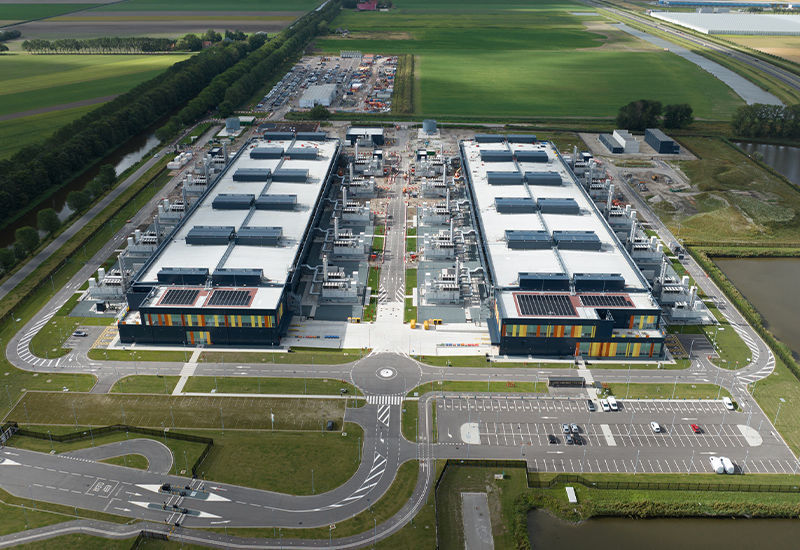
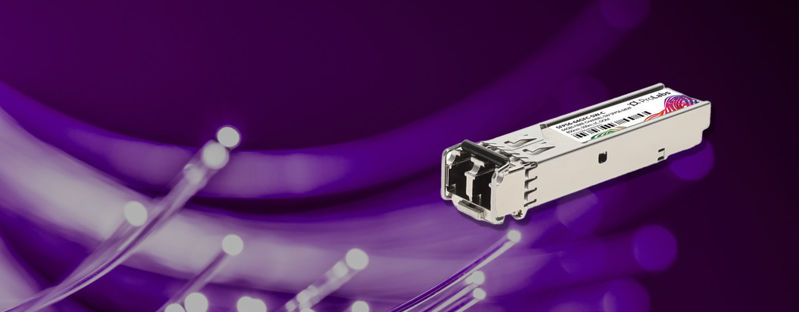
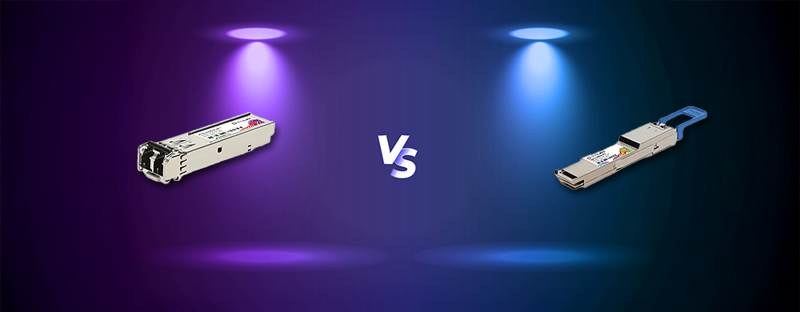



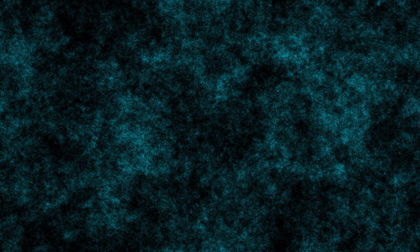


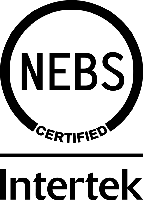

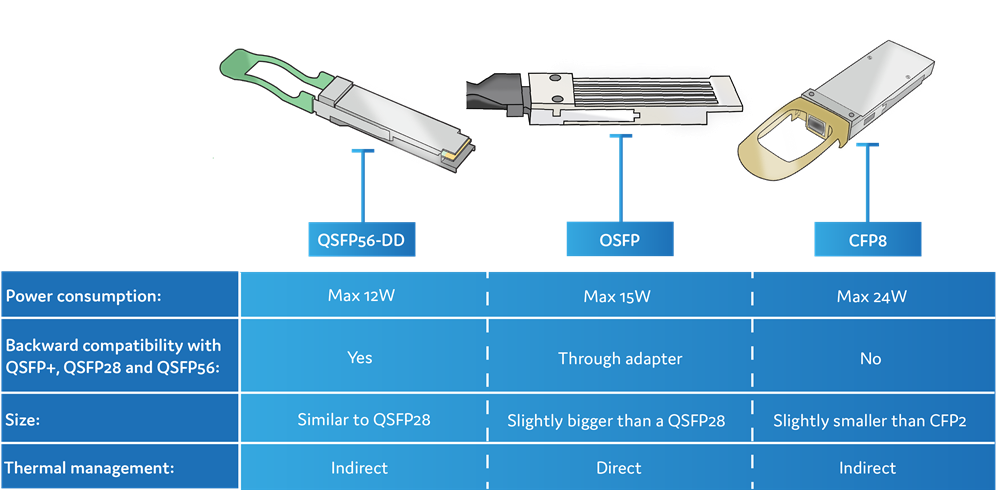
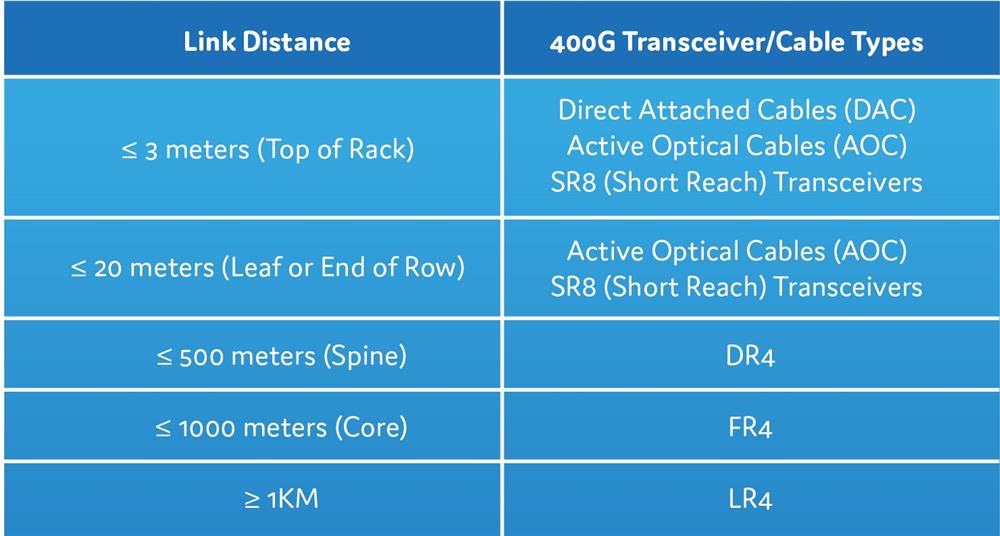

![Show blogposts by title Key Network/IT Challenges Faced by Modern Healthcare Today [COVID CRISIS] Picture for blogpost Key Network/IT Challenges Faced by Modern Healthcare Today [COVID CRISIS]](https://prolabs.com/images/thumbs/0001148_Hospital-IT_420.jpg)
